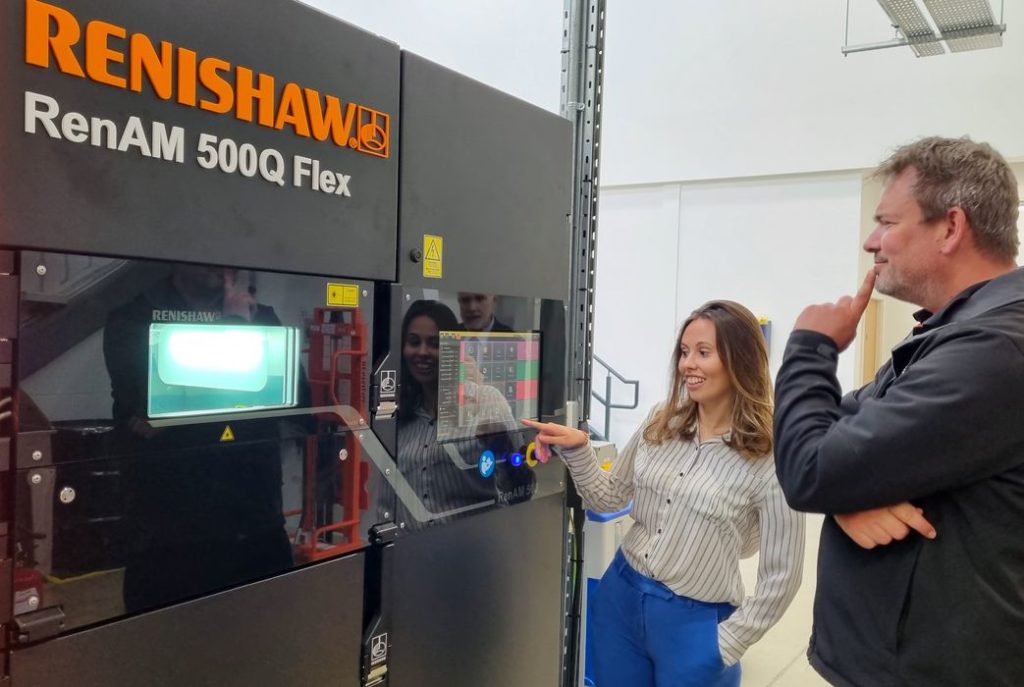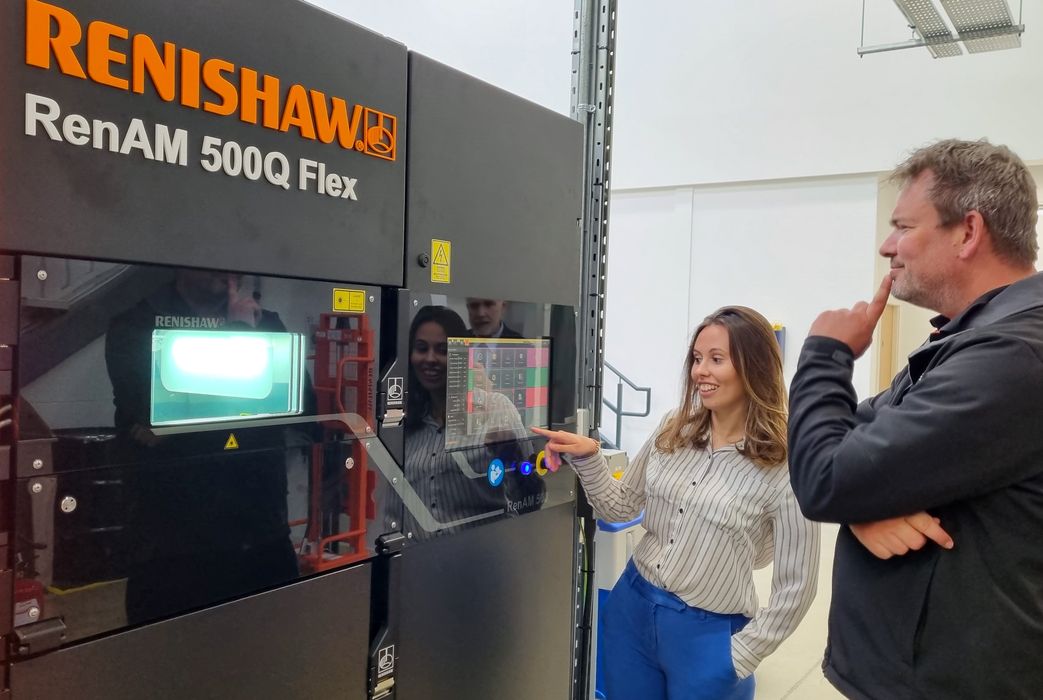
Renishaw has commenced testing of a new “flex” printer at DMC.
The RenAM 500 Flex is the machine in question, and it’s undergoing the beta test treatment at the Digital Manufacturing Centre in the UK.
I suspect you’re wondering what a “flex” machine is all about. Can it print flexible materials, perhaps? Can it bend around corners for tight installation?
No, none of that.
The “Flex” refers to the machine ability to quickly pivot between materials. Let me explain why this is important.
The RenAM series of 3D printers use the LPBF process, where one or more lasers selectively melt portions of a flat bed of metal powder to form objects, layer-by-layer. It’s a popular process used not only by Renishaw, but many other manufacturers of metal 3D printers. It’s a popular 3D printing process for those in the aerospace and healthcare sectors.
While the RenAM equipment and others from competitors generally work very well, they all suffer from one, insidious problem: material changes.
Imagine how this works: a LPBF machine is set up to use, say, titanium powder. Prints are started and are completed, but in the process, the build chamber is filled with titanium powder. And so are all the pathways through the machine where the powder has travelled.
As the powder encounters surfaces, there is an inevitable amount remaining.
That’s ok, because the next print job requires titanium, and the operator simply pours in more titanium powder.
But what if a different material was required? How would that work?
To change the material from one type to another it would require not only changing the powder in the input hopper, but also ensuring each and every surface in the machine is clean of the old titanium powder. That means surfaces, gaskets, filters, or any other area that’s encountered the old powder.
If the old powder is not cleaned out, then some of it might get involved in subsequent print jobs, polluting them with foreign material at best and failing the job at worst.
That’s not good for a machine that’s supposed to print metal parts with extreme purity and strength.
As a result, many existing powder 3D printers remain in operation printing only a single material. They effectively become dedicated material devices. For an operation requiring more than one material, this can sometimes mean purchasing a second 3D printer just to handle the extra material.
The RenAM Flex machine changes all that.
It is specifically designed to allow for relatively straightforward changes of material. It’s not instant, but it’s at least feasible to do and should be at relatively low cost. They explain:
“The RenAM 500 Flex combines the industry-leading gas flow capabilities and build chamber of the renowned RenAM 500 with a simplified, non-recirculating powder system that enables a complete material change within one shift – around 8 hours.”
And:
“The system has been designed to minimise material loss between transitions, with easier retrieval and cleaning than conventional machines – particularly within the same material family. To help facilitate contaminant-free material changes, Renishaw has developed ‘material change kits’ that include all the required seals and gaskets needed for an optimised switch.”
That’s a unique capability that will certainly be of great interest to some operators of metal 3D printers.
I suspect that easy material change capability has not been fully explored by most 3D printer manufacturers because it could result in somewhat lower sales where dedicated material 3D printers were purchased. However, with the Renishaw Flex concept, it may be that other vendors may step up and offer similar capabilities on their equipment.
Via DMC

